The Near Side
“The kind of photography I did is gone. It’s old, There’s no point in it any more for me, and I get no satisfaction from trying to do it. There are too many pictures now. It’s overwhelming. A flood of images that passes by, why should we remember anything? There is too much to remember now, too much to take in.”
Those were the words of Robert Frank in 2004 in an interview for the Guardian newspaper at the age of eighty.
The question I would like to ask him is would he feel this way if he were younger and was disillusioned with the pace and the way of life as he had been when he published The Americans in 1958.
Art has always been a reflection of feelings, views and comments from any given period in history and the photograph as an art form is now as relevant if not more so than it has ever been. Indeed, recent times have seen the emergence of many street photographers and also a move away from what was once the domain of solely black and white photography.
One of the main instigators of the change from monochrome to colour was Saul Leiter (1923-2013) who was working at the same time as Robert Frank. Leiter’s photographs would celebrate the coming new world in vivid Kodachrome colour and would herald the use of abstraction in street photography. This would ensure that his photographs became timeless works of art and would set them aside from the throw away disposable world he depicted.
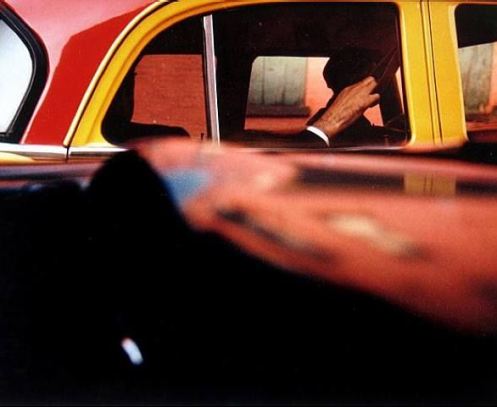
Many other photographers have turned to street photography as a medium of expression since the advent of colour photography, the use of which at one time was frowned upon in this genre. Joel Meyerowitz b.1938 began his long photographic career in 1962 on the streets of his home town, New York. It would be his legacy to finally have colour photography accepted in this area of work. In fact, he had not known about the strong tradition towards black and white in street photography. In an interview for the Guardian in 2012 he admits that he “had no idea people were snobbish about colour. To me, black and white just seemed back there, historical.”
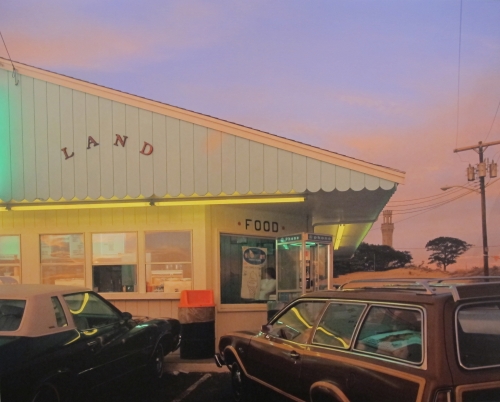
Meyerowitz has since gone on to photograph landscapes and portraits but perhaps he will be most strongly remembered for his photographs of Ground Zero after the 9/11 attacks. His reputation as a street photographer was such that he was the only photographer to be given unrestricted access to the area.
There are, of course, many other notable photographers past and present who have been or who are engaged in street photography; Diane Arbus for her pictures of freaks, Gary Winogrand who worked alongside Meyerwitz on the streets of New York, Bruce Gilden with his almost brutal methods of work and in the UK Matt Stuart, who is a nominee for Magnum, working on the streets of London today.
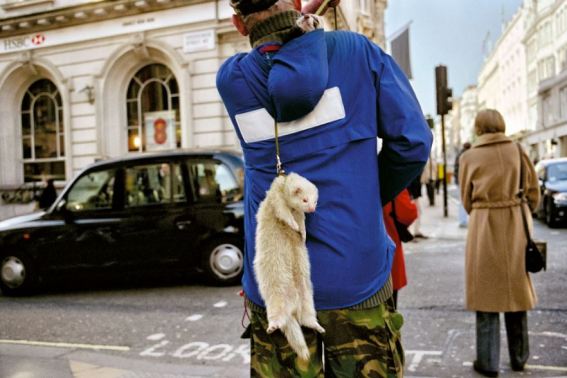
The influences in Stuarts photographs are evident, the one above in colour is reminiscent of Meyerwitz whilst the image below in black and white conjures up the feelings present in a Bresson photograph.
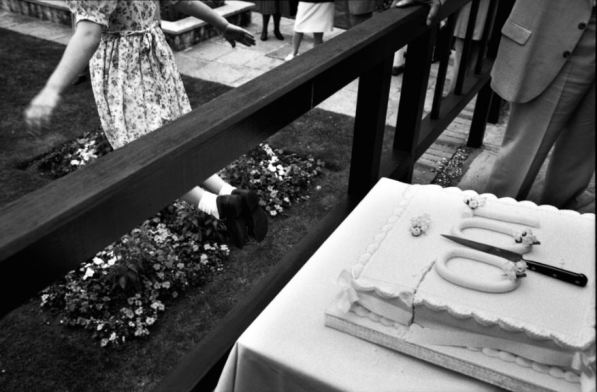
Finally, to almost bring us full circle, there is Jeff Wall. Wall, whilst not a street photographer in the traditional sense, stages scenes and situations, some of which have a strong street photography element. When we consider that the very first photographers to work on the streets such as Eugène Atget would work with very slow film speeds then scenes involving people would need to be staged in much the same way as in a Jeff Wall photograph.
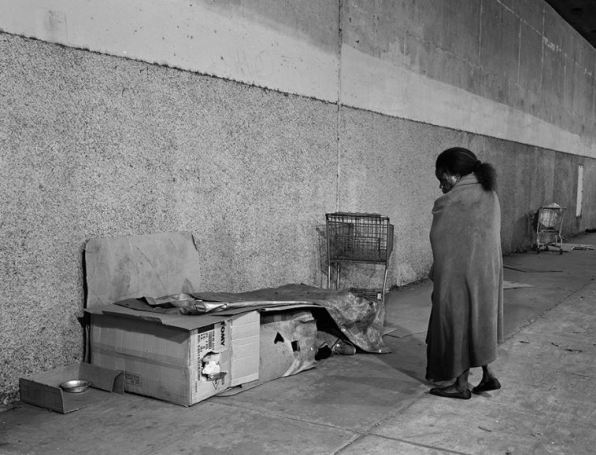
JEFF WALL, Approach, 2014.
One thing we can say with certainty is that street photography has been with us for well over a hundred years and is equally as pertinent today. Whether it is seen as photojournalistic or as a means of social comment or even in some cases as humorous, street photography is here to stay.
Such a talented writer
LikeLike